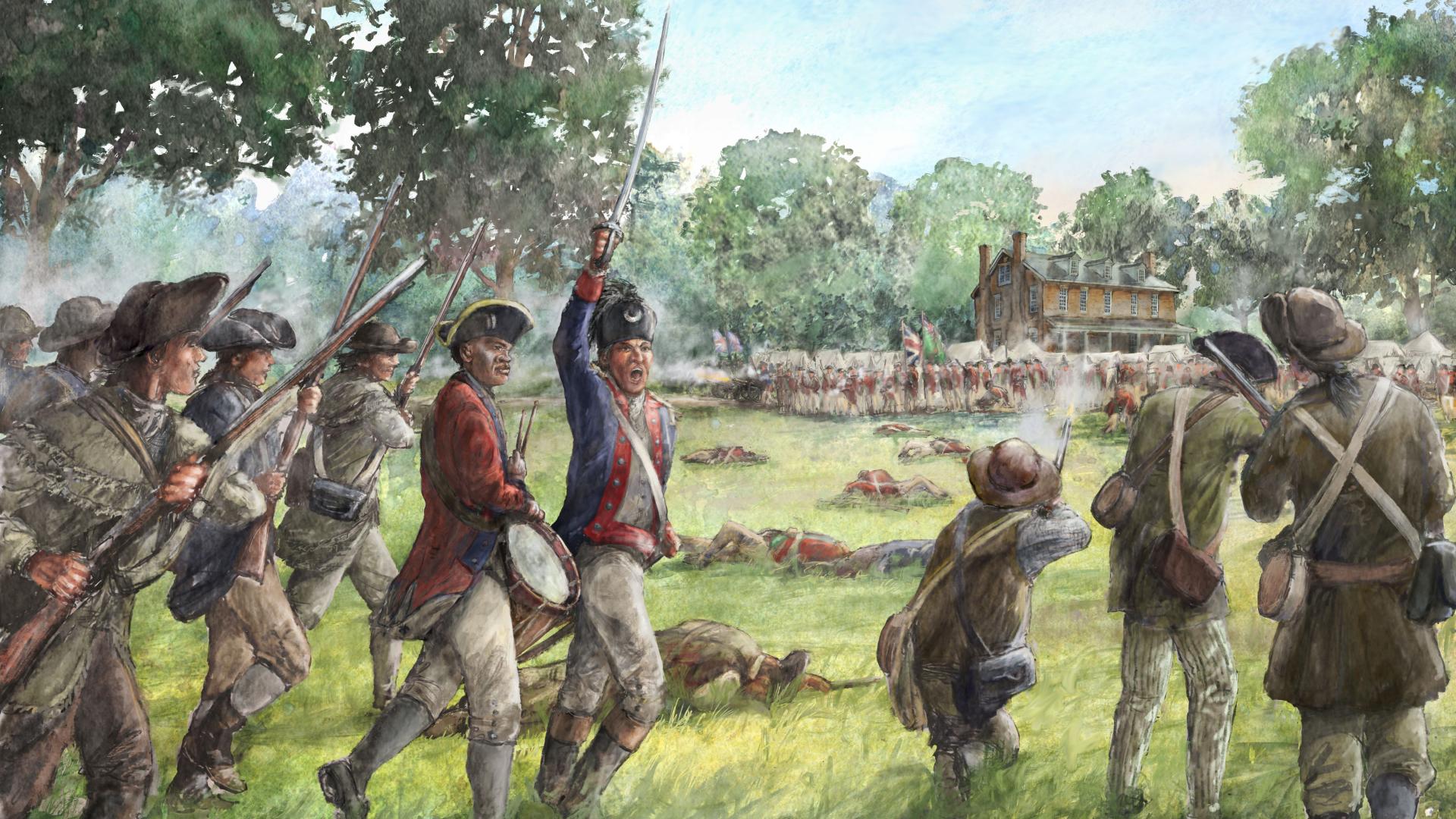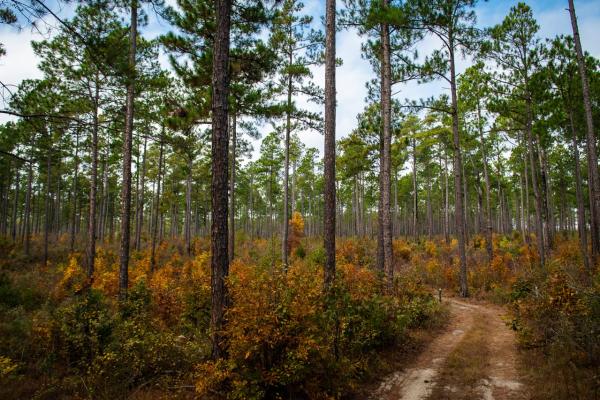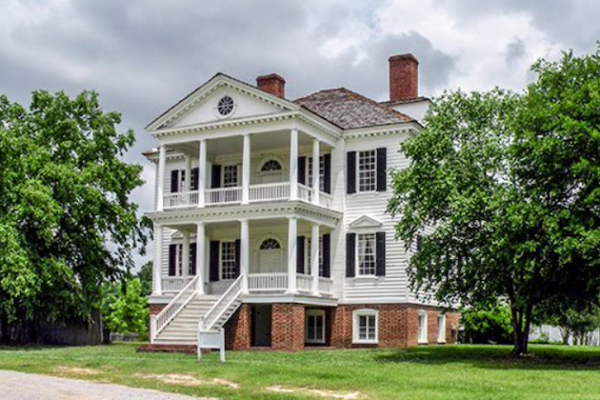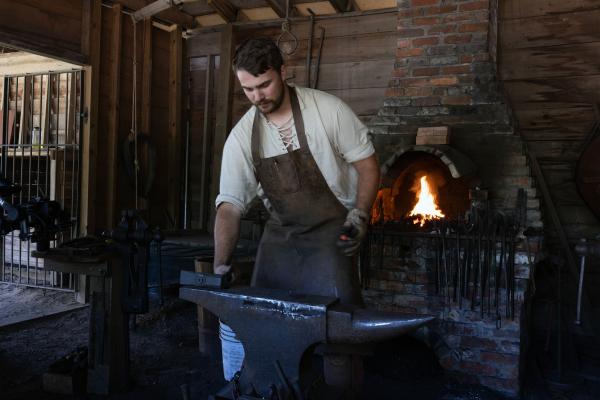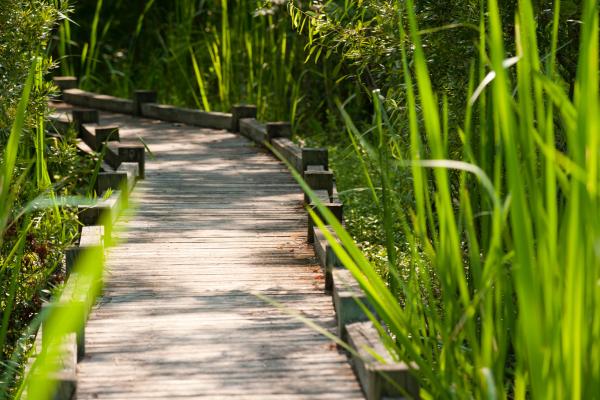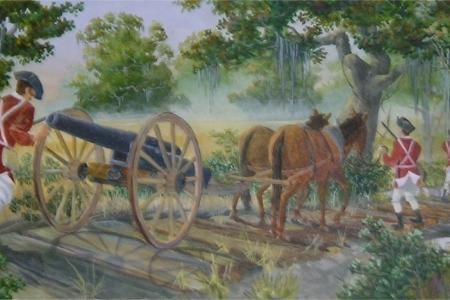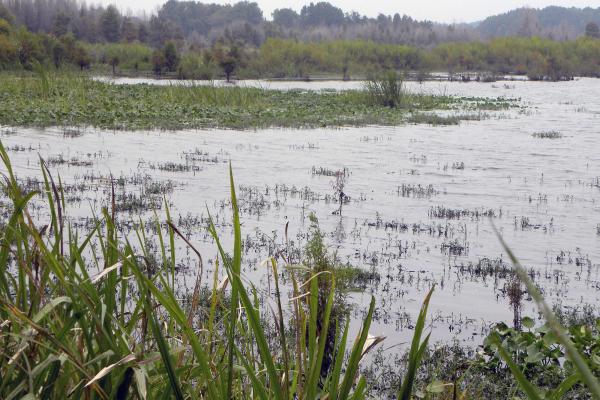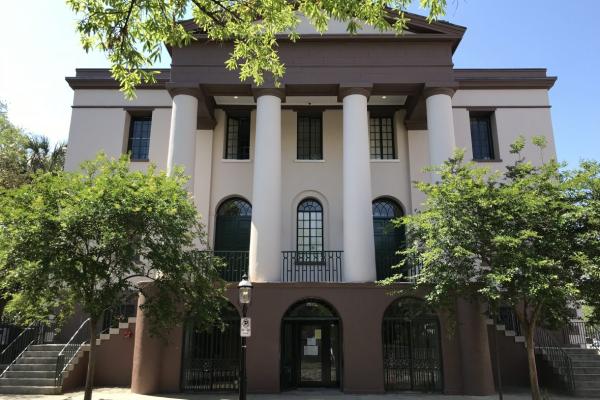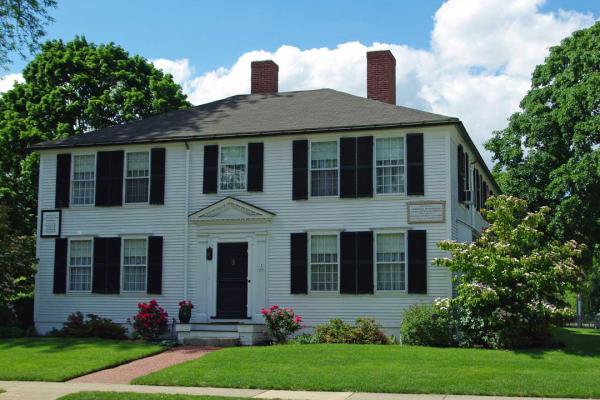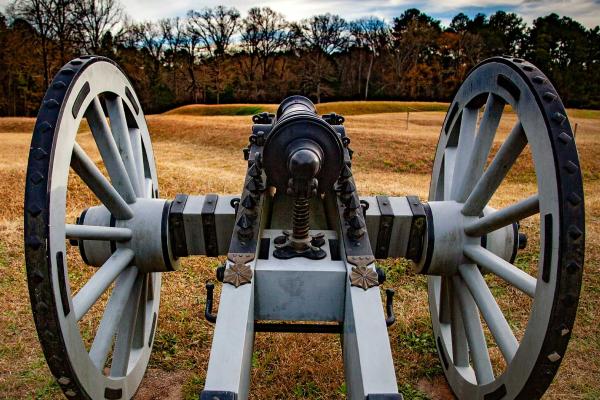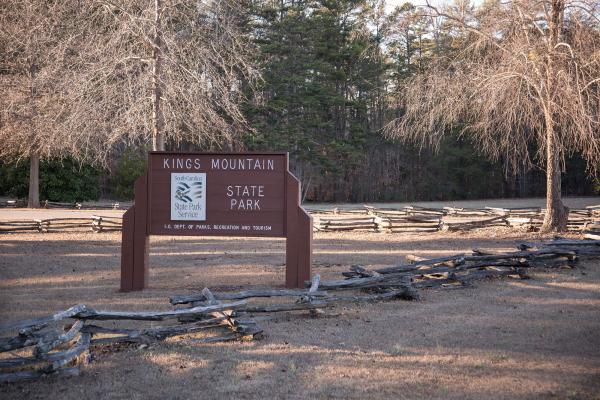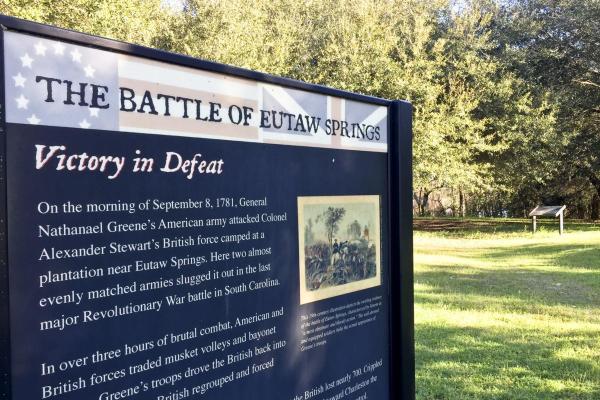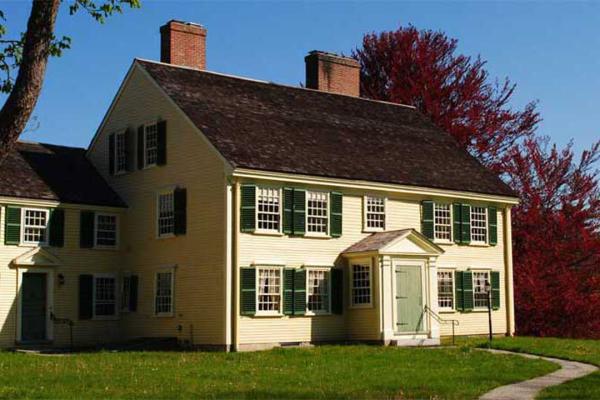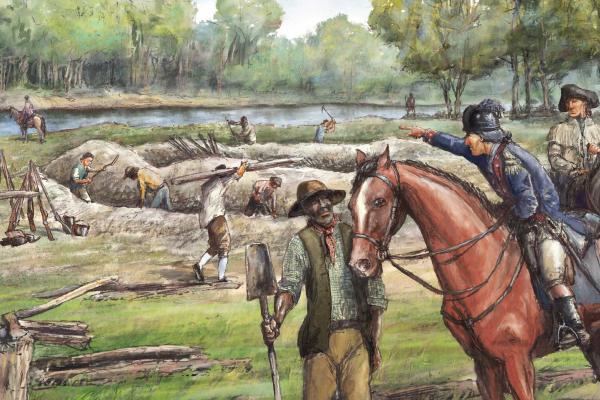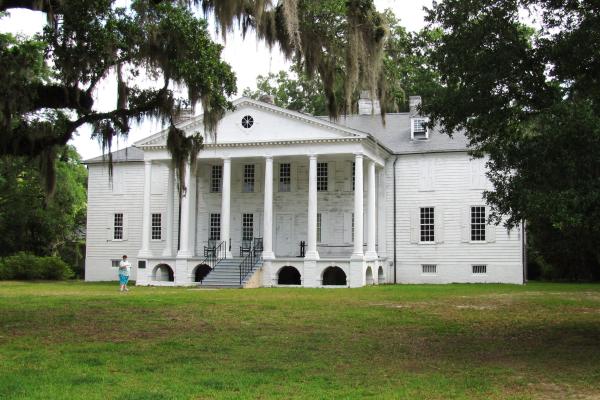Video/Audio |
Visit Revolutionary War sites in Charleston, Moncks Corner, McClellanville and the Francis Marion National Forest in South Carolina, where military leaders such as Francis Marion, also known as the...
Video/Audio |
Reposted from battlefields.org Share to Google Classroom Added by 1 Educator It struck fear into the hearts of the British – rising 30-feet high and stretching three blocks long. The most intimidating...
Uncovering History
We invite you to visit the preserved locations along the Liberty Trail and to immerse
yourself in the extraordinary events that determined the fate of a nation.
Exploring History
We invite you to visit the preserved locations along the Liberty Trail and to immerse yourself
in the extraordinary events that determined the fate of a nation.
